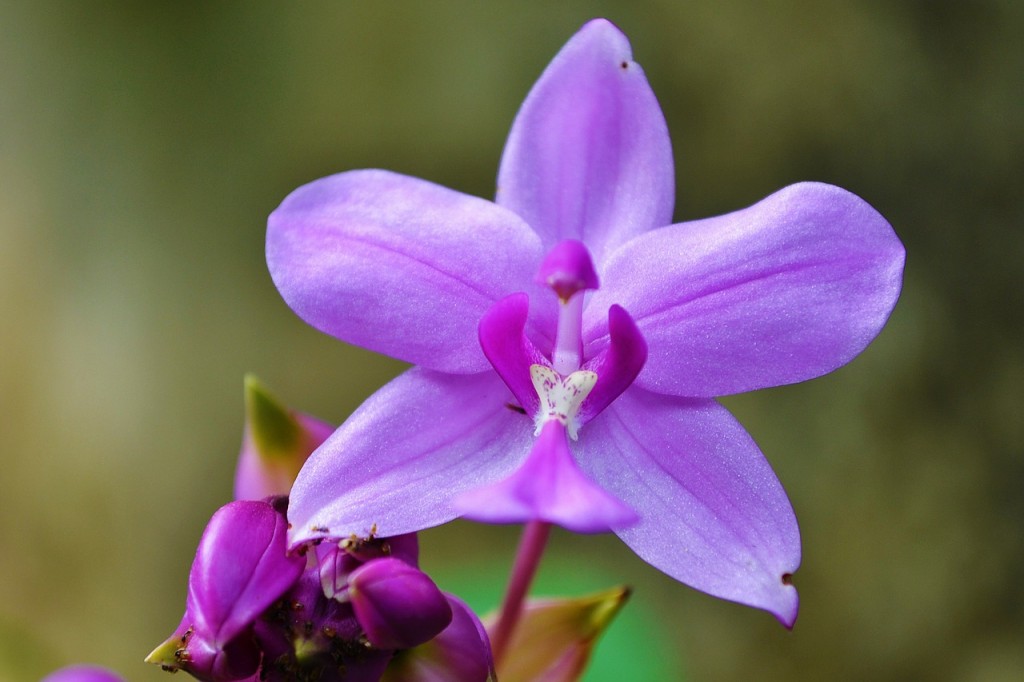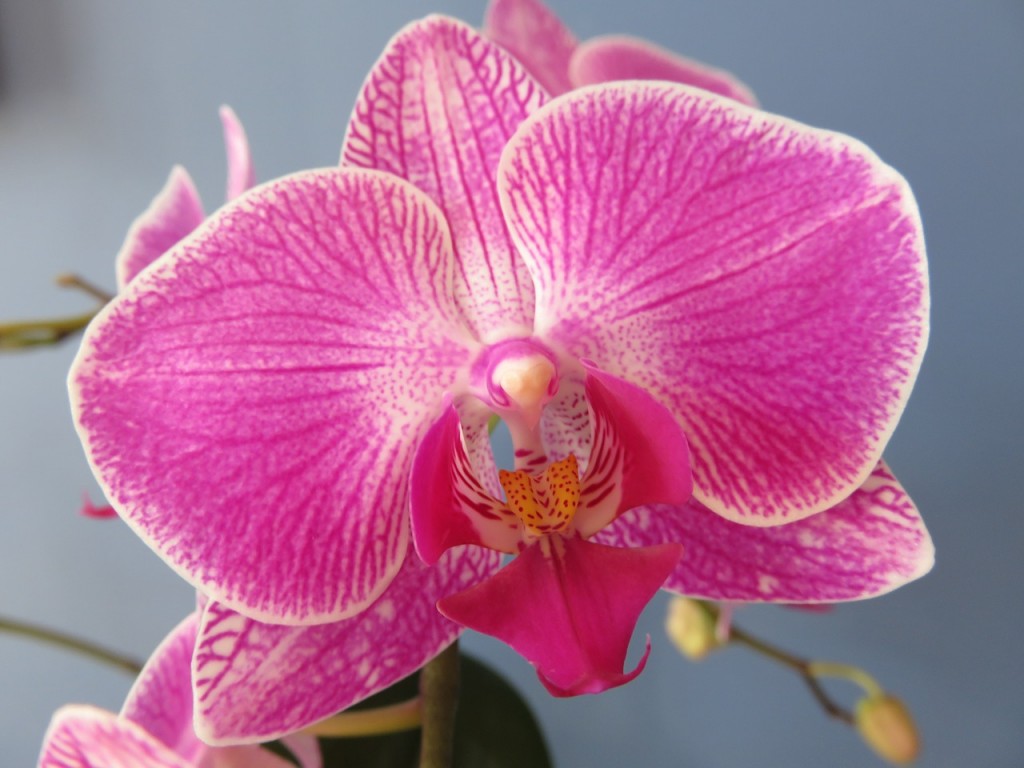Temperature and Light
Many orchids are comfortable in glasshouses or greenhouses, and are organized into three temperature groups that mimic their preferences in nature.
- Warm-temperature orchids prefer daytime temperatures in the 80s, with night temps from 60 to 70 degrees. Phalaenopsis, Paphiopedilums, Vanda (the vanilla orchid), Ryhynchostylus and Dendrohiums are examples of orchids in this climate group.
- Intermediate-temperature orchids like day temperatures around 70 to 75 degrees, and nights arround 55 to 60. Many Cattleyas, Epidendrums, Oncidiums and Laelias, and many commercially-available orchids, comprise intermediate, or medium-temperature orchids.
- Cool or cold-temperature orchids prefer day temperatures under 70 degrees and nights a cool 50 to 55 degrees. Cymbidiums, Cypripediums, Odontoglossums and Miltonias are examples of cool-climate orchids.
According to Susan Jones, writing for the American Orchid Society, “Generally, temperatures between 50 and 80 degrees F (10 to 27 degrees C) are ideal for orchids, but occasional brief periods of temperatures above 100 F (38 C) or drops even into the 30s (0 C) will not harm most orchids as long as no frost forms on the leaves.” (source)
In cold climates, or in areas where temperatures dip unexpectedly toward freezing, orchids grown in glasshouses or greenhouses should be placed away from windows to protect them against freezing.
Light
The amount of sunlight an orchid requires also varies according to species and type. Since epiphytic orchids typically grow at tree tops, they tend to prefer more light than terrestrial orchids, which are found on the earth‘s floor.
Glasshouses and greenhouses differ from homes in that plants receive light from many sides, and not only from one window‘s direction. While light is essential for an orchid to flower, too much sunlight can shrivel a species and yellow the leaves. As a result, orchids grown in glasshouses or greenhouses require some degree of shade. Greenhouse blinds, mesh, or a portion of the glass painted with a shading compound may protect orchids from too much light and heat during hot summer months, or in areas that are perpetually sunny. Dendrobium, Oncidium and Vanda, are examples of orchids that grow best in 20 – 30% of normal outdoor light, while Phalaenopsis requires only 10 to 15% of normal outdoor light. (source)




